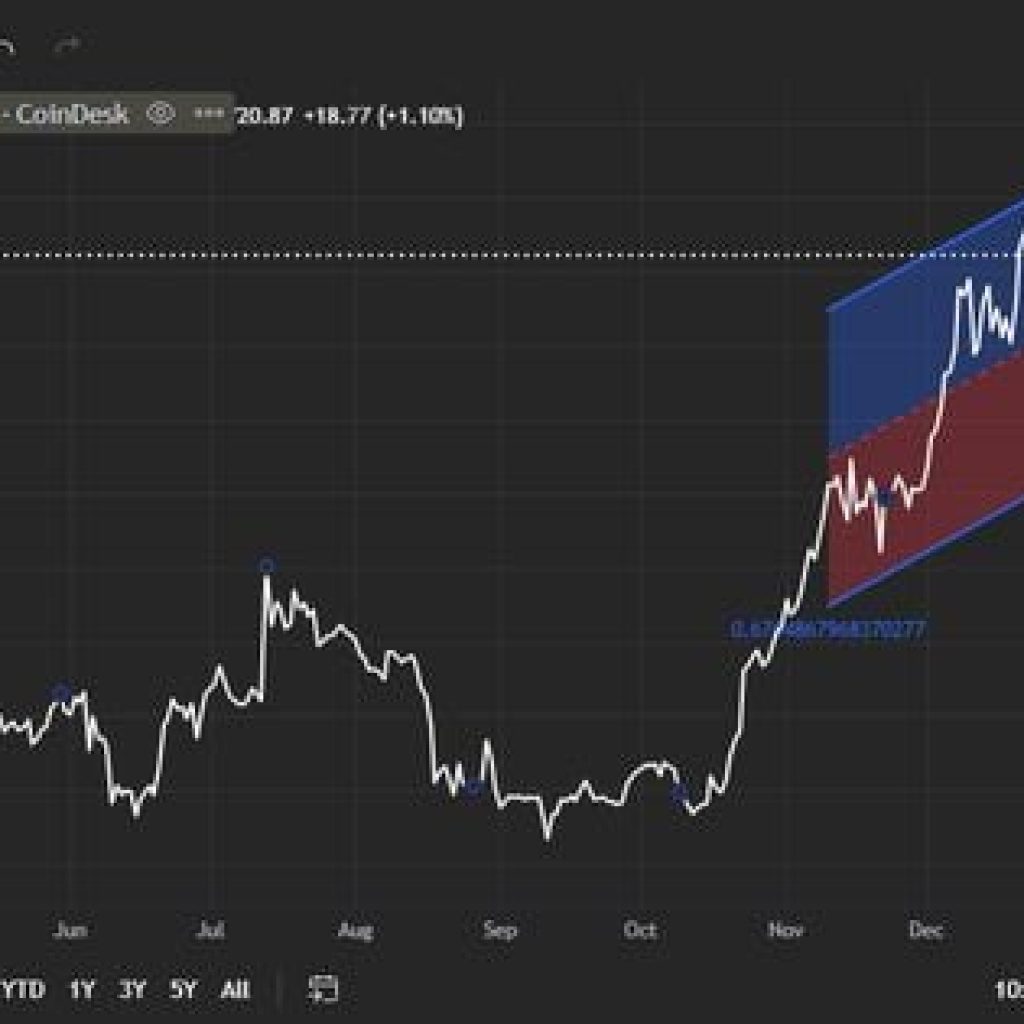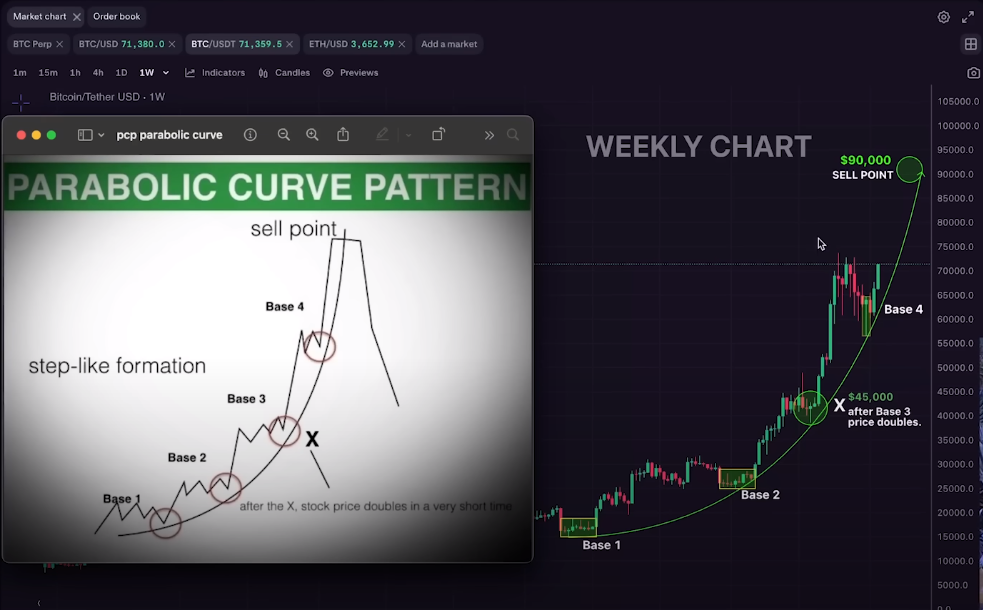As the weekend approaches, the crypto market is showing a remarkable uptick, exemplified by Bitcoin (BTC) surging close to the $26,000 mark. Traditionally, the weekend has been a time when trading volumes are lower, but volatility can spike, creating lucrative opportunities for both retail and institutional investors.
This phenomenon, widely known as the “weekend effect,” seems to be in full swing, energizing the market and setting the stage for potential significant moves across various digital assets.
Crypto weekend starts off with wins
Whether you’re a seasoned investor or a curious newcomer, it’s essential to pay close attention to these short-term fluctuations, as well as the broader market trends. The current momentum could be driven by a myriad of factors ranging from positive news flow, institutional investment, or even speculative trading.
Friday is Bitcoin options expiration day, and a substantial sum is about to expire. How does this impact weekend crypto prices? According to on-chain data, approximately 25,000 Bitcoin options contracts with a notional value of $640 million will expire today.
In addition to the BTC contract expiration, today will see the expiration of 138,000 Ethereum contracts. These have a maximum pain point of $1,650 and a notional value of $220 million.
At the time of writing, the current Bitcoin price is $ 25,867, and its market capitalization is $ 503,89 billion. Bitcoin is up 0.44 percent in the last 24 hours, with 19.48 million in circulation.
In addition, the current price of Ethereum is $1,628 and its market capitalization is $ 195.75B. The 24 hour change for Ethereum is -0.09%, with a circulating supply of 120.22M.
Altcoins register substantial gain this week. As Bitcoin’s extreme volatility persists, several altcoins have seized the weekly lead. On September 6, the price of SNX reached a peak of $2.56. The high was reached just below the $2.60 resistance level representing the 0.5 Fibonacci retracement.
On September 5, the IOTA price significantly increased after bursting through a long-term descending resistance line.
The majority of the top ten non-stablecoin cryptocurrencies saw small rises. Only Cardano’s ADA and the TONNE network’s Toncoin suffered losses, falling 0.14% and 0.70%, respectively. However, both coins reported weekly gains of 1.07% for ADA and 3.68% for Toncoin.
The overall crypto market cap increased by 1.37% to US$1.05 trillion. The trading volume fell 11.95% to US$23.81 billion.
The crypto bull run
A new BTC price model predicts that Bitcoin holders will be tested by a “mid-cycle lull” before a bull run begins in late 2024. According to its creator, the well-known analyst CryptoCon, the “November 28th Cycles Theory” predicts that the BTC price will reach its all-time peak in 2025.
So far, opinions on where BTC price movement will go following the halving of block subsidies in 2024 disagree. Some claim that hodlers will only experience little gains before the event, which is slated for April of next year.
JPMorgan, the largest bank in the United States in terms of total assets, is “in the early stages” of developing a blockchain-based digital deposit token for international payments and settlements. Bloomberg reported on Friday that the bank has already set out the majority of the underlying infrastructure, but will await approval from U.S. regulators before creating the token itself.
Deposit tokens are transferable digital assets that signify commercial bank deposit claims. Token transactions occur on distributed ledgers, making deposits quicker and cheaper than with conventional methods.
The market is presently awaiting a decision from the U.S. Securities and Exchange Commission (SEC) regarding BlackRock, the leading U.S. financial titan. The top asset manager in the world submitted an application to establish a spot Bitcoin exchange-traded fund (ETF) on June 15.
The United States economy effect on the crypto industry
The chairman of the U.S. Federal Deposit Insurance Corporation (FDIC), Martin Gruenberg, stated on Thursday that despite the apparent health of the U.S. economy, the country’s banking industry “continues to face significant downside risks from the effects of inflation, rising market interest rates, and geopolitical uncertainty.”
Historically, Bitcoin prices have benefited from uncertainties in the banking system, such as the Credit Suisse crisis in March. The abrupt collapse of the bank on March 19 pushed the price of the token from below $27,000 to over $28,000.
As of 9:40 a.m. in Asia, US stock futures were trading mixed. The three major US indices finished neutral on Thursday, with the Nasdaq Composite down 0.89%. All of Asia’s major indices were down Thursday morning, with Hong Kong’s Hang Seng leading the way with a 1.34% dip.
In the week ending September 2, initial unemployment claims in the United States decreased to 216,000, the lowest number since February. This was less than the 234,000 predicted by experts in a Reuters poll.
The August jobs report released last week indicated a gradual slowdown in the US labour market. However, Thursday’s jobless report reveals that “the labour market is still tight,” according to Nancy Vanden Houten, lead US economist at Oxford Economics. She stated that the statistics could impact the Federal Reserve of the United States’ interest rate policy.





